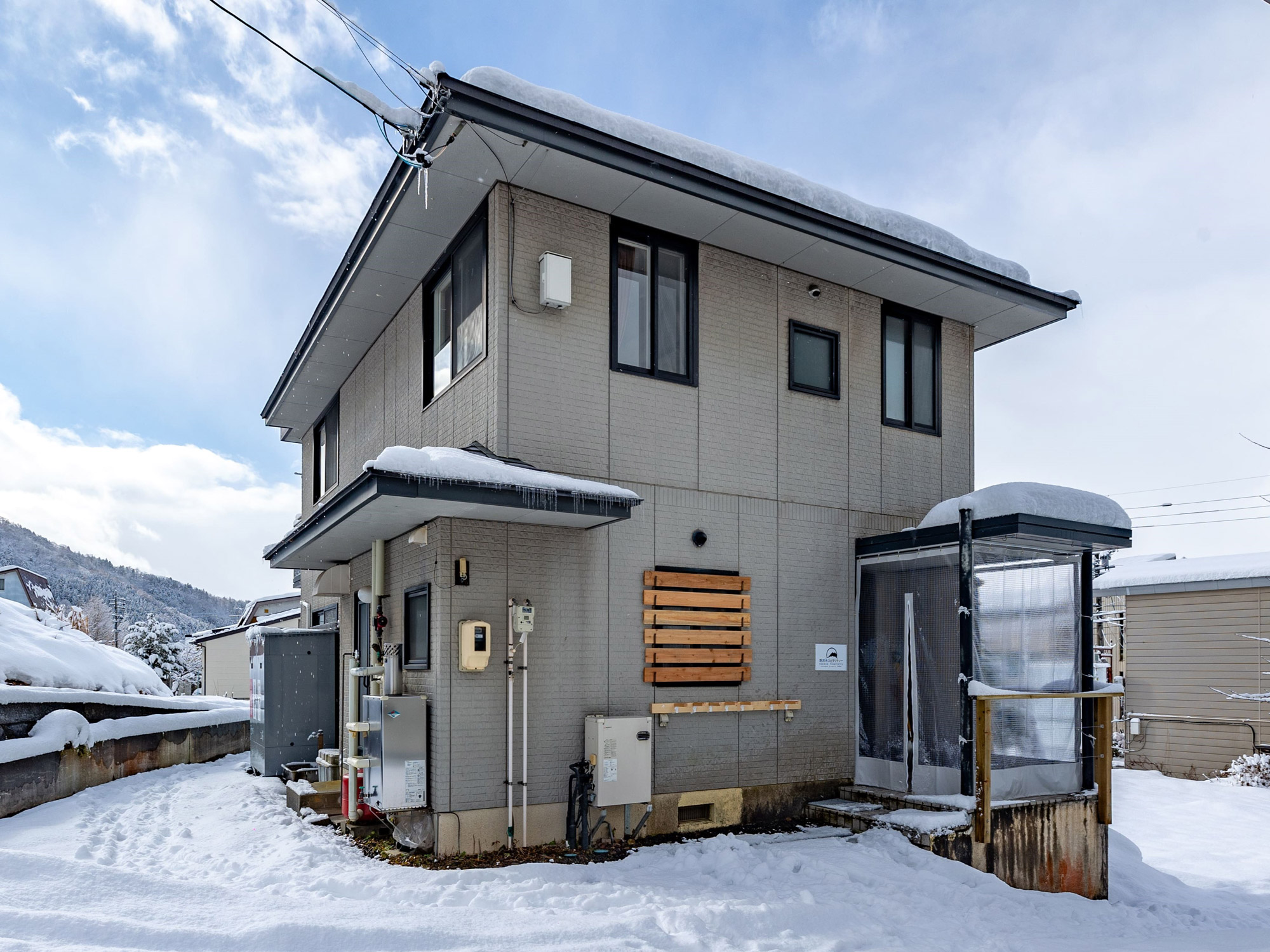by Kazuo Uehara, a local editor
Photo credits: Shinichi Kubota
Festivals are the Life of the Village
Many matsuri, or festivals, have been held to bring the village together in greater unity in response to the important role of the village to jointly manage the mountains, water and the like crucial to farming and everyday life. In Nozawa Onsen, the unity and cooperation among villagers was extremely important to protect the onsens as an important asset of the villagers.
To pray and be grateful for a good harvest, to pray for the birth and growth of children, to pray for a happy marriage, to pray for safety from illnesses and disasters, were prayers shared by all villagers, and such prayers were reflected in the festivals.
In addition, these festivals encouraged people to cooperate in preparing for and holding the festival, and to pass down important techniques and knowledge. They also provided a place for releasing energy as an entertainment event.
In Nozawa Onsen, Yuzawa Shrine's Lantern Festival in autumn and Dosoujin Fire Festival in winter have been held with great enthusiasm.
In this post, we'll talk about Yuzawa Shrine's Lantern Festival.

Younger Generation at the Center of Festivals
In the past, the village matsuri were led by five groups of young men and boys, according to age. The oldest group in charge of leading the matsuri were 20 to 22 years old, the second 17 to 19 years old, the third 14 to 16 years old, the fourth 11 to 13 years old, and the last group, 8 to 10 years old. Each group had a different role.
The scheme was designed to foster skills among the men enabling them to play a prominent role in leading the village in the future, through cooperating with members of a similar age and successfully achieving the responsibilities assigned to them.
Yuzawa Shrine Lantern Festival
The Yuzawa Shrine Festival is also called the Lantern Festival, and is held annually on September 8 and 9. The Lantern Festival is a major festival involving the entire village.
Before the war, five groups of young men and boys were organized according to age: the first group was "Shishi" (Lion), the second "Sarutahiko no Mikoto" (a Shinto god), the third "Kane no Naru Ki" (money tree), the fourth "Sanjurokkasen"(Thirty-Six Immortals of Poetry), and finally, the fifth "Yakko"(Servant), and these groups played central roles in the festival. The festival was given the nickname "fighting festival," as there were sometimes violent moments, but this also led to the festival's reputation as being lively.
However, many young men had to leave the village during the war, and it became difficult to continue the festival with the groups of young men at the center.
So, the Nozawa-gumi soudai (representatives) took over the central role in the festival, and asked young guardians to manage the festival with Nozawa-gumi bearing the costs in order to revive the festival. From then on, passionate young villagers cooperated to establish a Bugaku Hozon-kai (association for the preservation of court dance), and gradually, the festivals began to be held with the same grandeur as in the past.

Currently, the festival centers around the Nozawa-gumi soudai, a number of 42-year old "yakudoshi" {"unlucky age") men, and members of the Bugaku Hozon-kai. First, a line for parading is made at Jyuodo. Before leaving, the "Sarutahiko no Mikota" who guide and make the path for the gods, perform a special ceremony. They wear a red tengu mask and a helmet, and a red vest over white clothing. Next, the Shishi drive away the devils around them, and calm the holy sprits of the land. This is followed by the children's Thirty-Six Immortals of Poetry. Once this is done, the parade moves to Oyu street and toward the shrine.
The parade is led by a main lantern at its head, followed by a long line of various other lanterns.
During the parade, various dances are performed at certain key points, including the Sarutahiko no Mikoto ceremony, the Shishi dance, and the Thirty-Six Immortals of Poetry dance. At times, children holding lanterns engage in a "battle" during the Shishi dance.
Sarutahiko no Mikota pass through the torii (traditional Japanese gate) to the entry of the shrine's precincts and safely pave the path for the gods to enter. The Shishi then performs a sword dance while climbing up the stone steps to the shrine pavilion. Finally, the Shishi’s main dance is performed in the inner shrine. At the same time, the Thirty-Six Immortals of Poetry dance is also performed in the precinct.








-min.jpg)



.jpg)


.png)

.png)
.jpg)
















%20(1).jpg)
















.png)













